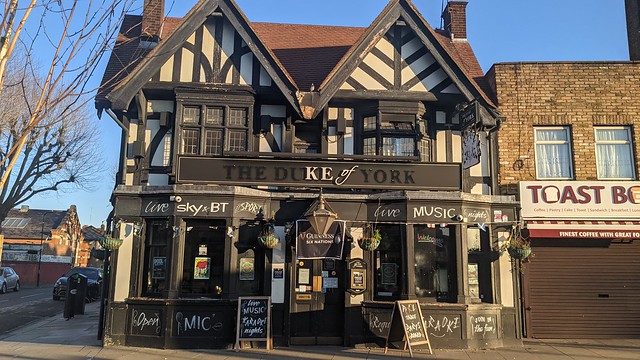Looking through the viewfinder wasn't working for me. The pictures I took were too static. Stopping to raise the camera to my eye took me out of the flow of the street and I wanted a way of working that meant I could stay immersed in it, observing from within.
What came more naturally to me was using the camera simply as an extension of my arm. I used it at waist level, above my head, behind my back. The pictures weren't random. I was responding to images forming before my eyes. I relied on footwork, timing and hand-eye coordination to take the picture as I approached, passed and moved on.
It was incredibly liberating, exhilarating. I could move to the rhythm of the street, creating sequences of images like musical notes on a manuscript. I discovered perspectives and compositions that genuinely excited me, images that were far closer to the emotions I felt on the street then anything I'd taken before.
Using film I never see what I've taken until it has been processed, contacted and then printed. Back in New York I was desperate to see the results as soon as possible but over time the distance between conception and birth has become longer, yes up to nine months sometimes! This gap is significant. It means I can sustain the sensation of seeing the picture, the thrill of finding something in the everyday that no-one else has. The value of that moment is not immediately judged by the success or not of capturing it, That act is something separate, something squirrelled away for the future in a dark place,
When the picture eventually sees the light of day again it is transformed. The memory of the original moment itself is gone. Now it is reborn as an image in its own right, with no obligation to the day it was conceived. I give it no name. Its identity is given by the viewer. The image now finds its own way in the world. And I like that!







